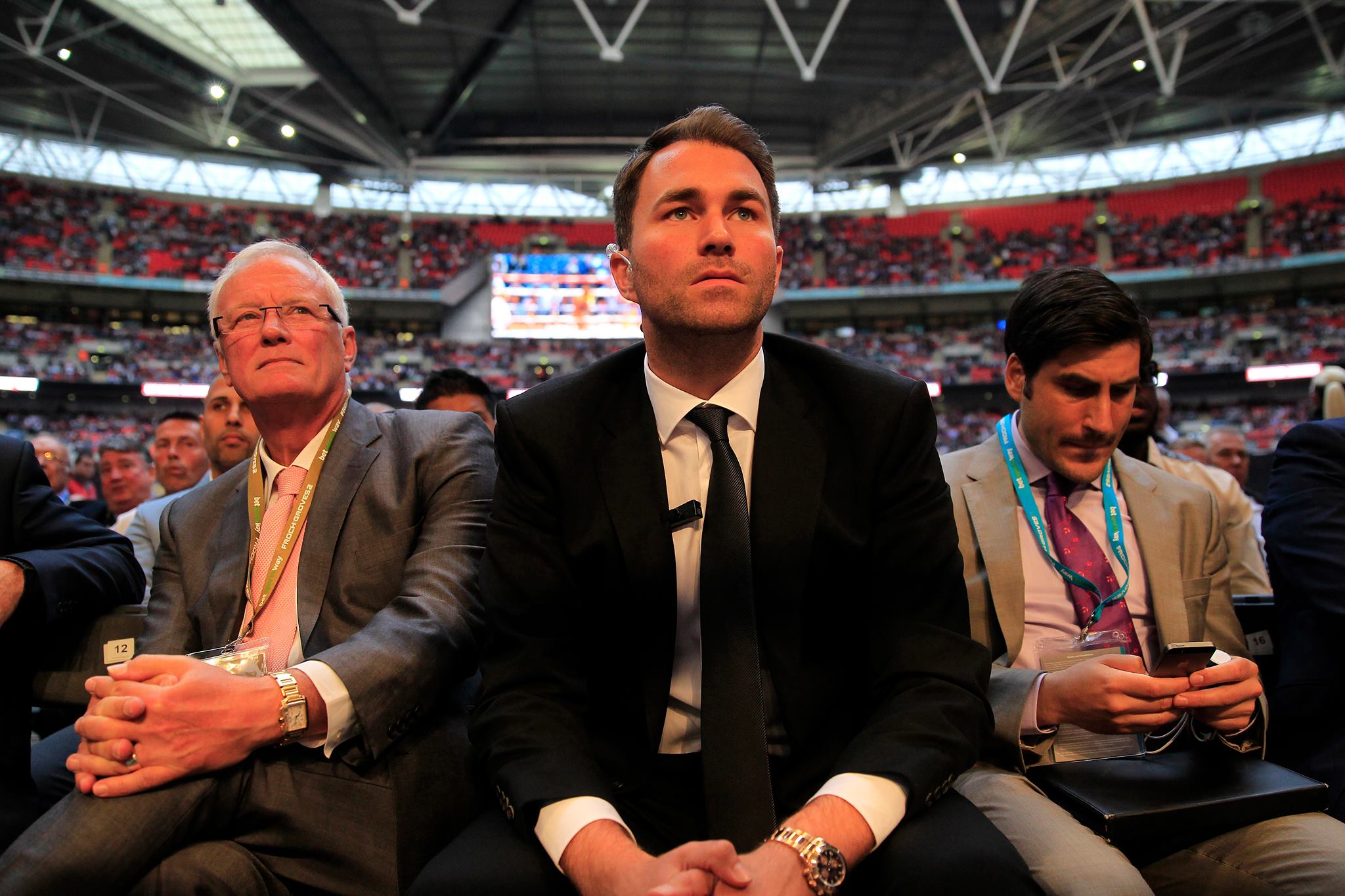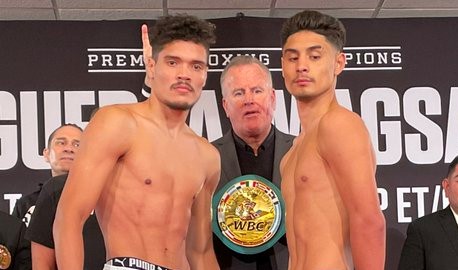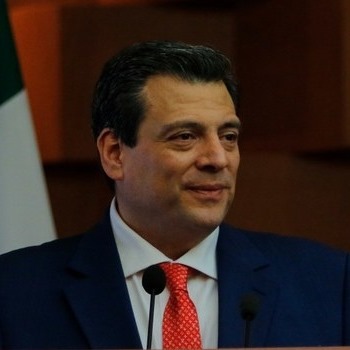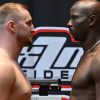By: Sean Crose
“The new target is, of course, Holyfield versus Tyson before the end of 1988.”
The above quote comes from a Sports Illustrated article called “Tuning Up For Tyson,” dated December 14th, 1987. One of the aggravating things about targets is how frequently they’re missed. Had someone informed author Clive Gammon, or anyone else who had read his piece at the time, that it would be nearly a full eight years before Tyson and Holyfield would meet in the ring, the sense of surprise might be palpable. I actually remember my sixteen year old self reading Gammon’s piece that December. What left an imprint in my mind, however, wasn’t the talk of Tyson or of Holyfield’s recent successful rematch win over Dwight Muhammad Qawi. No, what ended up burned into my memory was Gammon’s focus on Holyfield’s cutting edge training regimen at the time.
The article focused a lot on “fitness specialist” Tim Hallmark, and his relationship with the rising ring star. “Applying modern conditioning techniques to boxing isn’t entirely new,” Gammon admitted, before adding that “the coming together of Hallmark and Holyfield, an intelligent young fighter of equal commitment, is the stuff of which revolutions are made.” Looking back over thirty plus years, it’s hard to argue Gammon wasn’t right in his assessment. Although, as the author himself stated, Michael Spinks had earlier employed specialist Mackie Shilstone to prepare for an eventual victory over Larry Holmes, Hallmark had gone on to become modern fight training’s “most committed proponent.”

So what exactly were Hallmark and Holyfield up to at Houston’s Workout ETC. gym back then? Gammon writes of “the elements that have already replaced miles of roadwork and hours of sparring in Holyfield’s conditioning regimen.” These elements included working with “a rotary deltoid exerciser” and engaging in “cardiovascular exercise between sessions of resistance weight training.” Frankly, none of it seems particularly groundbreaking today. Sure enough, some may even find it dated. What’s more, it’s worth noting that many, is not most, contemporary top boxers still engage in things like good old fashioned roadwork. Perhaps, then, what made Holyfied and Hallmark’s strategy so groundbreaking at the time was the seriousness involved.
And the reliance on specifics.
At one point in the article, the focus is on Holyfield’s recovery time, a modern concern for those in training in 2021 if ever there was one. “That 220 rate is the fastest his heart will get in 15 rounds of a fight,” Hallmark says of Holyfield’s heartrate at one point. “Now I’m conditioning him to back down from that high-paced boxing movement into a very relaxed recovery mode so that he can drop down as low as 130 in his one minute of rest between rounds.” It’s worth noting that, while such wording may sound rather commonplace today, it read like something from a sci-fi novel back in 1987.
Also, once one throws in Hallmark’s focus on a healthy diet – “broiled fish and skinless chicken, one to three cans a day (at 360 calories a can) of Exceed, plus 920 calories daily of fluid carbohydrates) – it’s clear that at least some of the man’s methods have profoundly stood the test of time. What’s more, Holyfield’s stellar career itself would go on to justify such methods of preparation…and yes, Holyfield stayed partnered with Hallmark for years. In truth, since the initial pairing of Holyfield and Hallmark those decades ago, things have, in a very real sense, never been the same. The “stuff of revolutions” indeed.


















